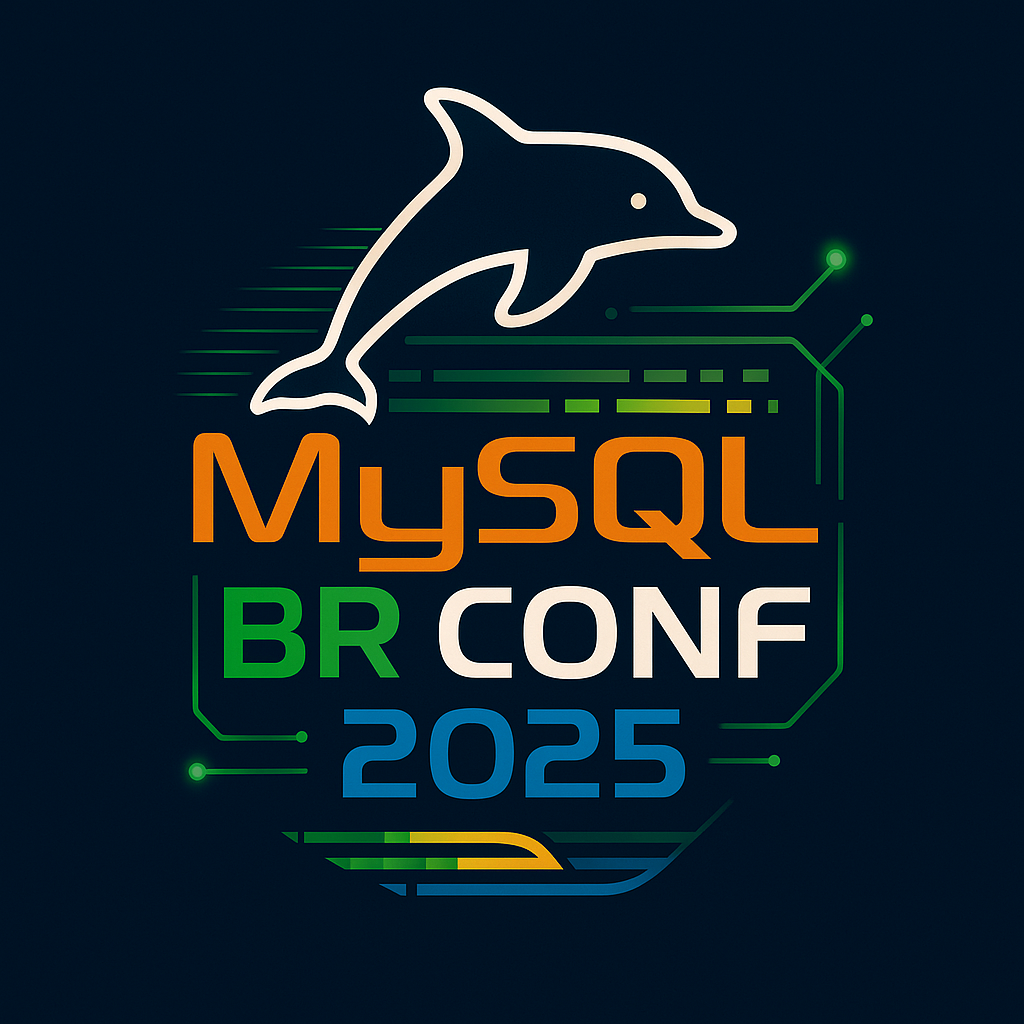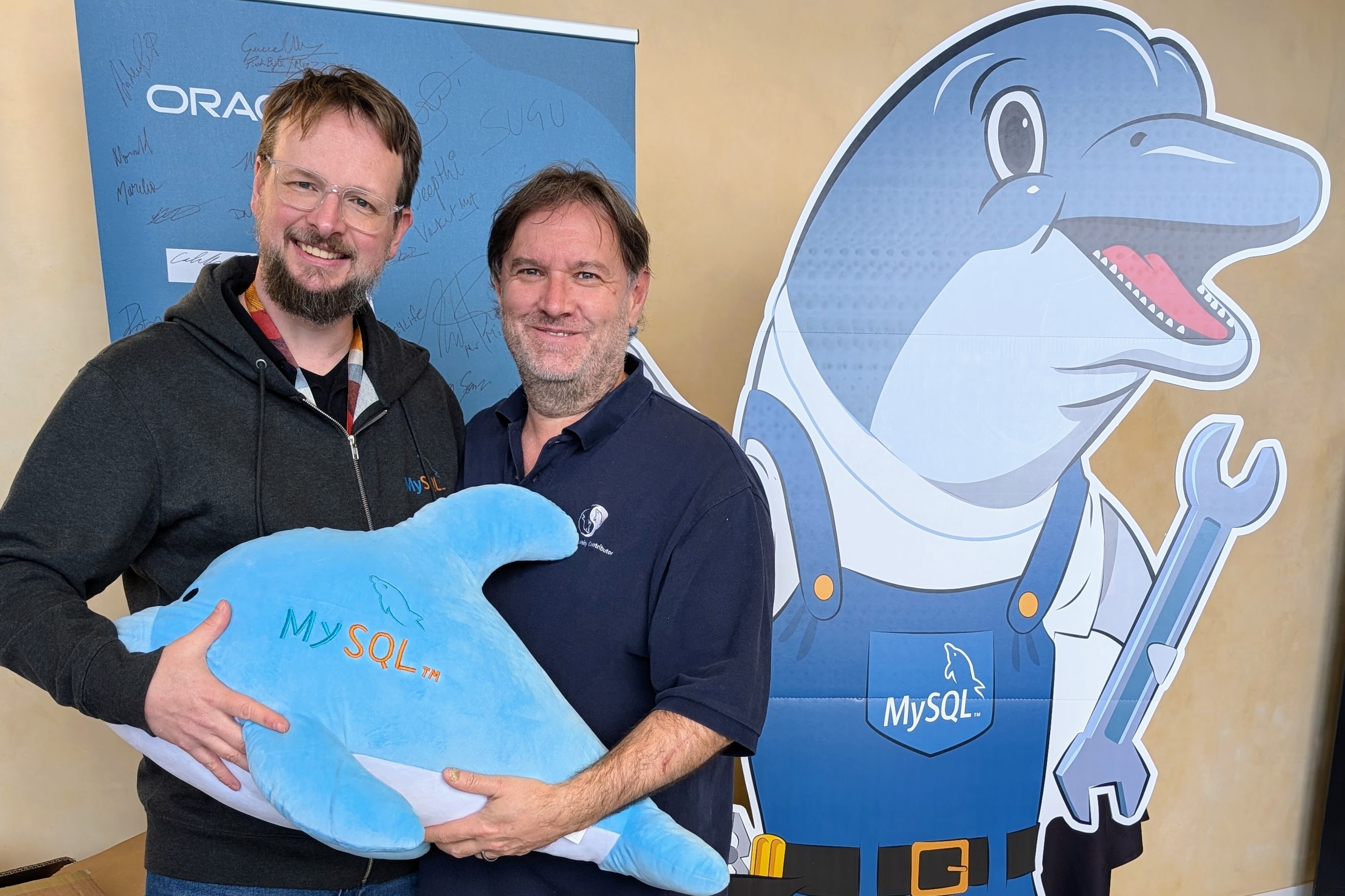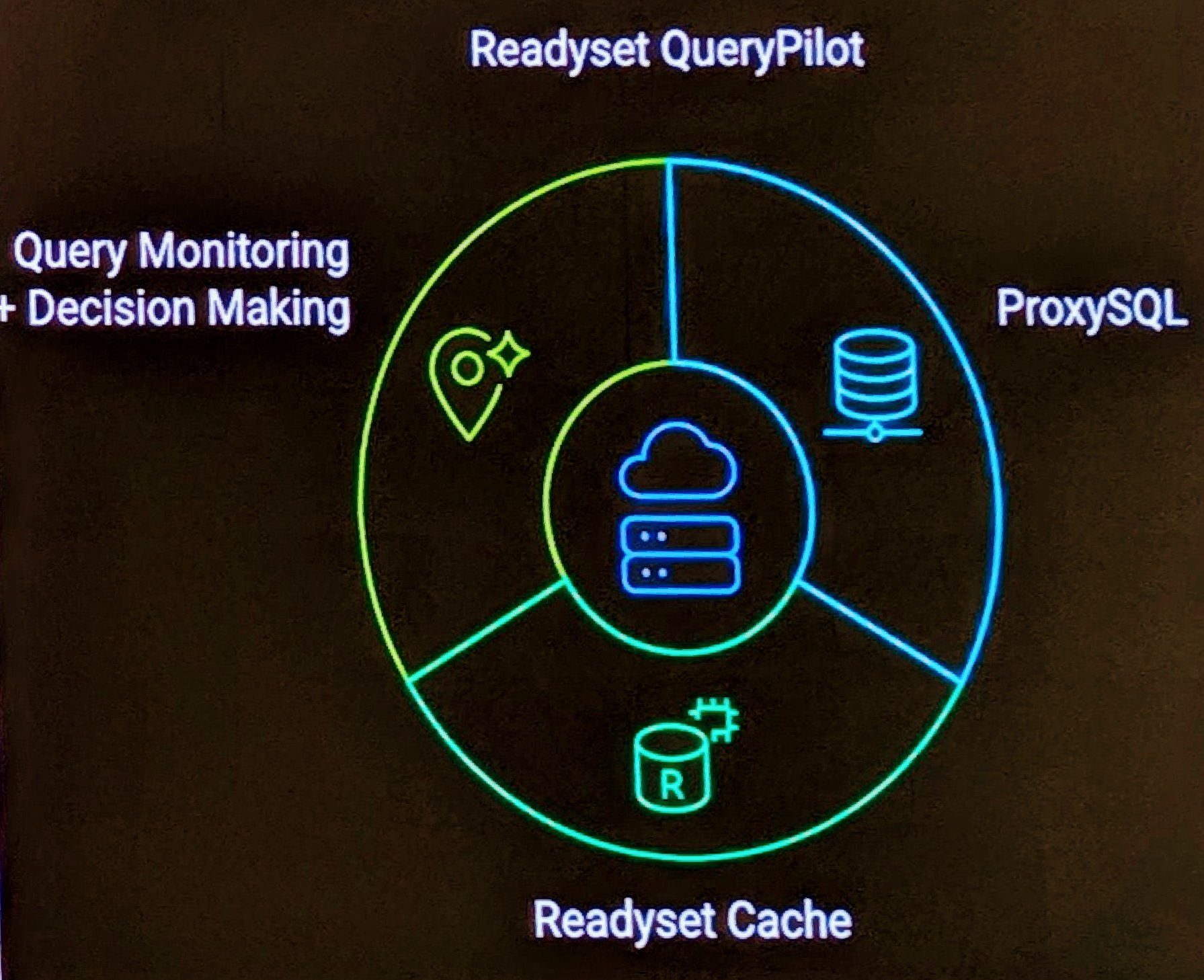Oracle software has always been free to develop with, however to deploy you have to buy a license and for web apps, it could never be limited to users, it was limited to CPU’s and that was expensive. Well now that have released
Oracle 10g Express Edition. A free little brother to Oracle 10g Enterprise. The software I understand is identical in the base sense, with a cut back set of additional features, and limitations to CPU/Memory/Disk usage. So providing your application, or applications all on one server never reach these limits you will be fine, but if overtime your product grows or database grows you may get caught out.
Still it’s not open source, but it is FREE, and for old Oracle people such as myself, a huge benefit as it keeps my skills a little more up to date.
How do I rate it. Well if installation is any guide, I am very, very impressed (and that’s a lot for me). After downloading the RPM here is what I had to do to get be operational.
# missing library found when running rpm of oracle
# CentOS 4.1 CD #3
$ rpm -ivh /media/cdrecorder/CentOS/RPMS/libaio-0.3.103-3.i386.rpm
$ rpm -ivh oracle-xe-10.2.0.1-0.1.i386.rpm
$ /etc/init.d/oracle-xe configure
Oracle Database 10g Express Edition Configuration
————————————————-
This will configure on-boot properties of Oracle Database 10g Express
Edition. The following questions will determine whether the database should
be starting upon system boot, the ports it will use, and the passwords that
will be used for database accounts. Press
Ctrl-C will abort.
Specify the HTTP port that will be used for HTML DB [8080]:
Specify a port that will be used for the database listener [1521]:
Specify a password to be used for database accounts. Note that the same
password will be used for SYS, SYSTEM and FLOWS_020100. Oracle recommends
the use of different passwords for each database account. This can be done
after initial configuration:
Confirm the password:
Do you want Oracle Database 10g Express Edition to be started on boot (y/n) [y]:y
Configuring Database…
Starting Oracle Net Listener.
Starting Oracle Database 10g Express Edition Instance.
HTMLDB interface accessible at http://localhost:8080/htmldb
I had to find a rogue Tomcat install running on my default IP and 8080, so I had to stop and restart using /etc/rc.d/init.d/oracle-xe
And it was that easy. Now for a person that used and Installed Oracle for a living it was more complicated, and at the best of times, you would need to allocate at least an hour for a basic install. This was complete and operational in under 10 mins.
Now I’ve never installed MySQL from RPM, but I’d like to compare how easy it is to install MySQL and also required tools for administration.


